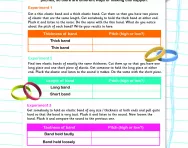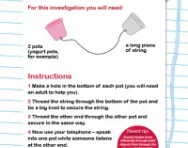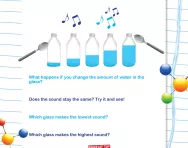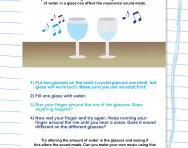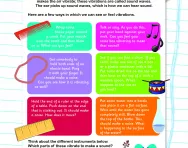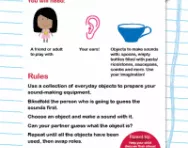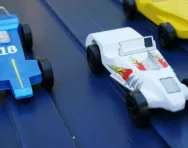Important update from TheSchoolRun
For the past 13 years, TheSchoolRun has been run by a small team of mums working from home, dedicated to providing quality educational resources to primary school parents. Unfortunately, rising supplier costs and falling revenue have made it impossible for us to continue operating, and we’ve had to make the difficult decision to close. The good news: We’ve arranged for another educational provider to take over many of our resources. These will be hosted on a new portal, where the content will be updated and expanded to support your child’s learning.
What this means for subscribers:
- Your subscription is still active, and for now, you can keep using the website as normal — just log in with your usual details to access all our articles and resources*.
- In a few months, all resources will move to the new portal. You’ll continue to have access there until your subscription ends. We’ll send you full details nearer the time.
- As a thank you for your support, we’ll also be sending you 16 primary school eBooks (worth £108.84) to download and keep.
A few changes to be aware of:
- The Learning Journey weekly email has ended, but your child’s plan will still be updated on your dashboard each Monday. Just log in to see the recommended worksheets.
- The 11+ weekly emails have now ended. We sent you all the remaining emails in the series at the end of March — please check your inbox (and spam folder) if you haven’t seen them. You can also follow the full programme here: 11+ Learning Journey.
If you have any questions, please contact us at [email protected]. Thank you for being part of our journey it’s been a privilege to support your family’s learning.
*If you need to reset your password, it will still work as usual. Please check your spam folder if the reset email doesn’t appear in your inbox.
What is sound?

What is sound?
Sound is created when something vibrates and sends waves of energy (vibration) into our ears. The vibrations travel through the air or another medium (solid, liquid or gas) to the ear. The stronger the vibrations, the louder the sound. Sounds are fainter the further you get from the sound source.
Sound changes depending on how fast or slow an object vibrates to make sound waves. Pitch is the quality of a sound (high or low) and depends on the speed of the vibrations. Different materials produce different pitches; if an object vibrates quickly we hear a high-pitched sound, and if an object vibrates slowly we hear a low-pitched sound. Sounds are usually a mixture of lots of different kinds of sound waves.
When do children learn about sound in primary school?
Children learn about and explore how sound is created and travels in a scientific context in Year 4.
Children may also learn about pitch and volume of sounds in music lessons in other year groups.

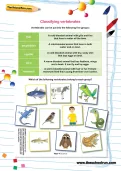
Download fantastic science resources today!
- Experiments And Science Fun pack
- Science Learning Programme for each school year
- All the instructions, questions and information you need
How are children taught about sound in the classroom?
This topic is often introduced by asking the children to close their eyes and listen to the sounds they can hear in the local environment, or play a sound matching game to identify sounds where they listen to a range of sounds and identify what is making the sound.
- Teachers may use a slinky, tuning forks, ripples on a pond and science video clips to introduce the concept of sound waves/vibrations traveling through air and other materials to the ear.
- Teachers will discuss sound safety and why people working with loud noises wear ear defenders.
- Children will explore pitch and loudness using a range of musical instruments from around the world, for example drums, recorders, guitars. Children will investigate how to increase the pitch by changing the tightness of a drum skin or the length of a string on a string instrument.
- Children may carry out investigations to find sound-insulating materials, for example finding the best material to make ear muffs or defenders, and learn these work because the sound doesn’t travel through some materials as well as through others.
- Children may carry out investigations to explore the distance sound will travel.
Learning about sound: activities to do at home
- Investigate the British Library's Sound Archive (see the video above) and explore new and wonderful recorded sounds with some sensory activities for kids, including creating story soundtracks.
- Use recyclable items (cardboard boxes, cardboard tubes, plastic yoghurt pots, etc) to make your own musical instruments.
- Boost the sound that smartphone speakers make to experiment with how sounds are produced and how they can be made louder.
- Make your own telephone using a long piece of string and two yoghurt pots.
- See soundwaves in a video filmed at the Science Museum in London.
- Go on a sound walk and write down or record the sounds you hear in your local environment.
- Make a sound game by recording a selection of sounds and seeing who can guess what each sound is.






